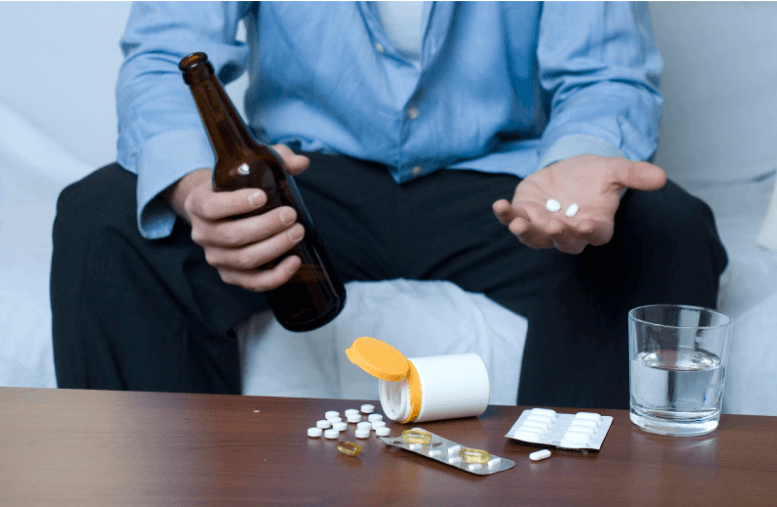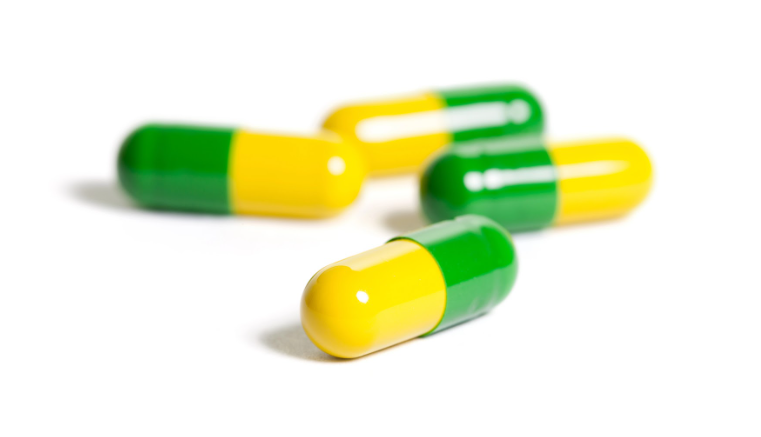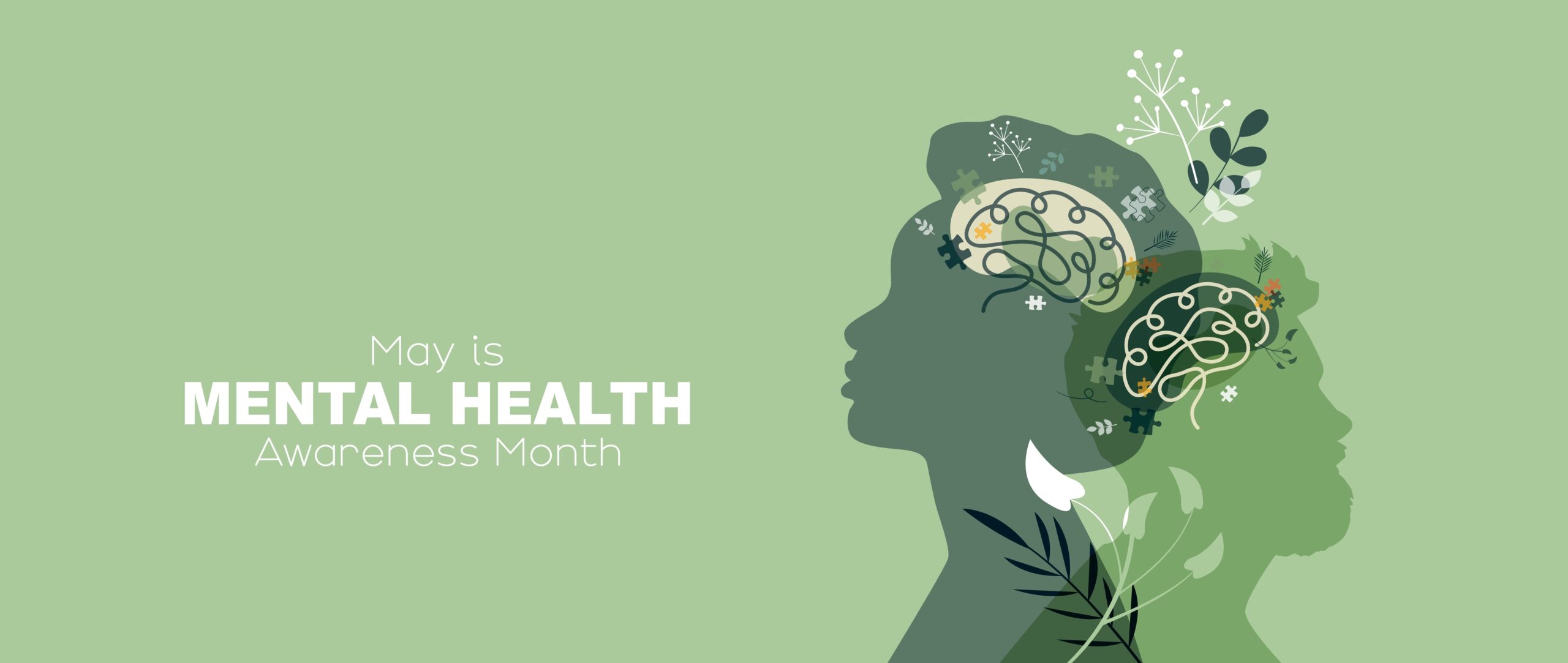Understanding the Struggle: What is Substance Use Disorder?
Substance use disorder (SUD) is a complex condition characterized by the uncontrollable use of a substance despite the negative consequences it creates in a person’s life. It’s a brain disorder because it actually changes the wiring and functioning of the brain, leading to intense cravings and compulsive substance-seeking behaviors.
We’ve all heard stories of how SUD can utterly derail someone’s life—breaking apart families, ruining careers, destroying health.
But what we often don’t hear about is the pain, trauma, and mental health issues that frequently underlie addiction. SUD is not a character flaw or moral failing; it’s a legitimate medical condition that requires compassionate, evidence-based substance use disorder treatment.
The Diagnostic Criteria for Substance Use Disorder
According to the Diagnostic and Statistical Manual of Mental Disorders (DSM-5), substance use disorder is diagnosed based on a pathological pattern of behaviors related to the use of the substance. The diagnosis is based on 11 criteria, including:
- Taking the substance in larger amounts or for longer than you’re meant to.
- Wanting to cut down or stop using the substance but not managing to.
- Spending a lot of time getting, using, or recovering from use of the substance.
- Cravings and urges to use the substance.
- Not managing to do what you should at work, home, or school because of substance use.
- Continuing to use, even when it causes problems in relationships.
- Giving up important social, occupational, or recreational activities because of substance use.
- Using substances again and again, even when it puts you in danger.
- Continuing to use, even when you know you have a physical or psychological problem that could have been caused or made worse by the substance.
- Needing more of the substance to get the effect you want (tolerance).
- Development of withdrawal symptoms, which can be relieved by taking more of the substance.
The severity of the SUD is determined by the number of criteria met:
- Mild: 2-3 criteria
- Moderate: 4-5 criteria
- Severe: 6 or more criteria
The Scope of the Problem: Substance Use Disorder by the Numbers
The statistics around SUD are sobering:
- Over 20 million Americans aged 12 and older have a substance use disorder
- Over 100,000 Americans died from drug overdoses in 2021 alone
- Only about 10% of people with SUD receive any type of specialized treatment substance abuse treatment
- Alcohol is involved in about 18.5% of ED visits and 22.1% of overdose deaths
- The economic burden of SUD in the U.S. exceeds $600 billion annually
Behind each of these numbers are real human beings struggling with a devastating condition. SUD does not discriminate—it can affect people of all ages, races, genders, and walks of life. No one is immune to addiction, and we as a society must approach this issue with empathy, not judgment.
Breaking Free: The Journey of Substance Use Disorder Treatment

Detoxification: The First Step
Medically supervised detoxification, or “detox”, is often the first stage of substance use disorder treatment. As the body rids itself of substances, individuals may experience uncomfortable and sometimes dangerous withdrawal symptoms.
Detox provides a safe environment to manage these symptoms and achieve a substance-free state. However, detox alone does not address the underlying issues fueling addiction—it’s just the beginning of the treatment process.
Behavioral Therapies: Rewiring the Brain
Behavioral therapies are the cornerstone of SUD substance abuse treatment programs. Through modalities like cognitive-behavioral therapy (CBT), individuals learn to identify and change the thought patterns and behaviors that contribute to substance use. Motivational interviewing helps resolve ambivalence about treatment and strengthens commitment to change.
Contingency management provides tangible rewards for maintaining sobriety. By actively participating in substance abuse counseling, individuals build the skills and strategies needed to prevent relapse and navigate life without relying on substances.
Medications for Addiction Treatment (MAT)
For certain substances like opioids and alcohol, medications can play a crucial role in the substance use treatment process. Medications for addiction treatment (MAT) work to normalize brain chemistry, reduce cravings, and prevent overdose.
When combined with therapy and other supports, Medication-Assisted Treatment (MAT) provided by treatment center for addiction can significantly increase the odds of achieving and maintaining recovery. Despite being backed by decades of research, stigma and misconceptions about MAT persist. Increasing access to these life-saving medications must be a public health priority.
Support Groups: The Power of Connection
Addiction is often referred to as a “disease of isolation”. Support groups provide a sense of community and connection that can be transformative in the recovery process. 12-step programs like Alcoholics Anonymous and Narcotics Anonymous offer a framework for growth through working the steps with a sponsor.
SMART Recovery employs a science-based approach focused on self-empowerment. Refuge Recovery is grounded in Buddhist principles and practices. There is no one-size-fits-all, and what works for one person may not resonate with another. The key is finding a supportive space to give and receive help without judgment.
Holistic Approaches: Healing Mind, Body, and Spirit
SUD treatment is increasingly embracing a holistic approach that goes beyond just addressing substance use to heal the whole person. Mindfulness practices like meditation and yoga can help individuals cope with stress, regulate emotions, and increase self-awareness.
Exercise releases natural feel-good chemicals in the brain and can help establish healthy routines. Nutrition education supports physical health and recovery. Creative arts therapies provide an outlet for self-expression and processing experiences in a new way.
By nourishing all aspects of the self, holistic approaches lay the foundation for lasting, meaningful recovery.
The Continuum of Care: From Treatment to Recovery
SUD treatment is not a one-time event, but rather a continuum of care that supports individuals through different stages of recovery. The continuum typically includes:
- Prevention: Strategies to prevent the development of SUDs, such as education and risk reduction.
- Early Intervention: Identifying and engaging with individuals at risk of developing SUDs.
- Treatment: Intensive services to help individuals stop using substances and develop coping skills.
- Outpatient Treatment: Individuals live at home while attending treatment sessions during the week.
- Intensive Outpatient/Partial Hospitalization: More structured and intensive than outpatient treatment, but still allowing the individual to live at home.
- Residential/Inpatient Treatment: Individual resides at a treatment facility, receiving around-the-clock care.
- Recovery Support: Ongoing services to help individuals maintain sobriety and build a fulfilling life in recovery, such as peer support, housing, and employment assistance.
The specific path through the continuum of care will vary based on individual needs and circumstances. Some may start with outpatient treatment, while others may need the structure and intensity of residential care. The key is that treatment is not one-size-fits-all, and should be tailored to the unique needs of the individual.
If you or a loved one are struggling with substance use, Aspire Frisco offers a range of excellent outpatient programs to fit your recovery journey. Their Partial Hospitalization (PHP) and Intensive Outpatient Programs (IOP) provide tailored, expert care while allowing you to maintain your daily commitments.


























